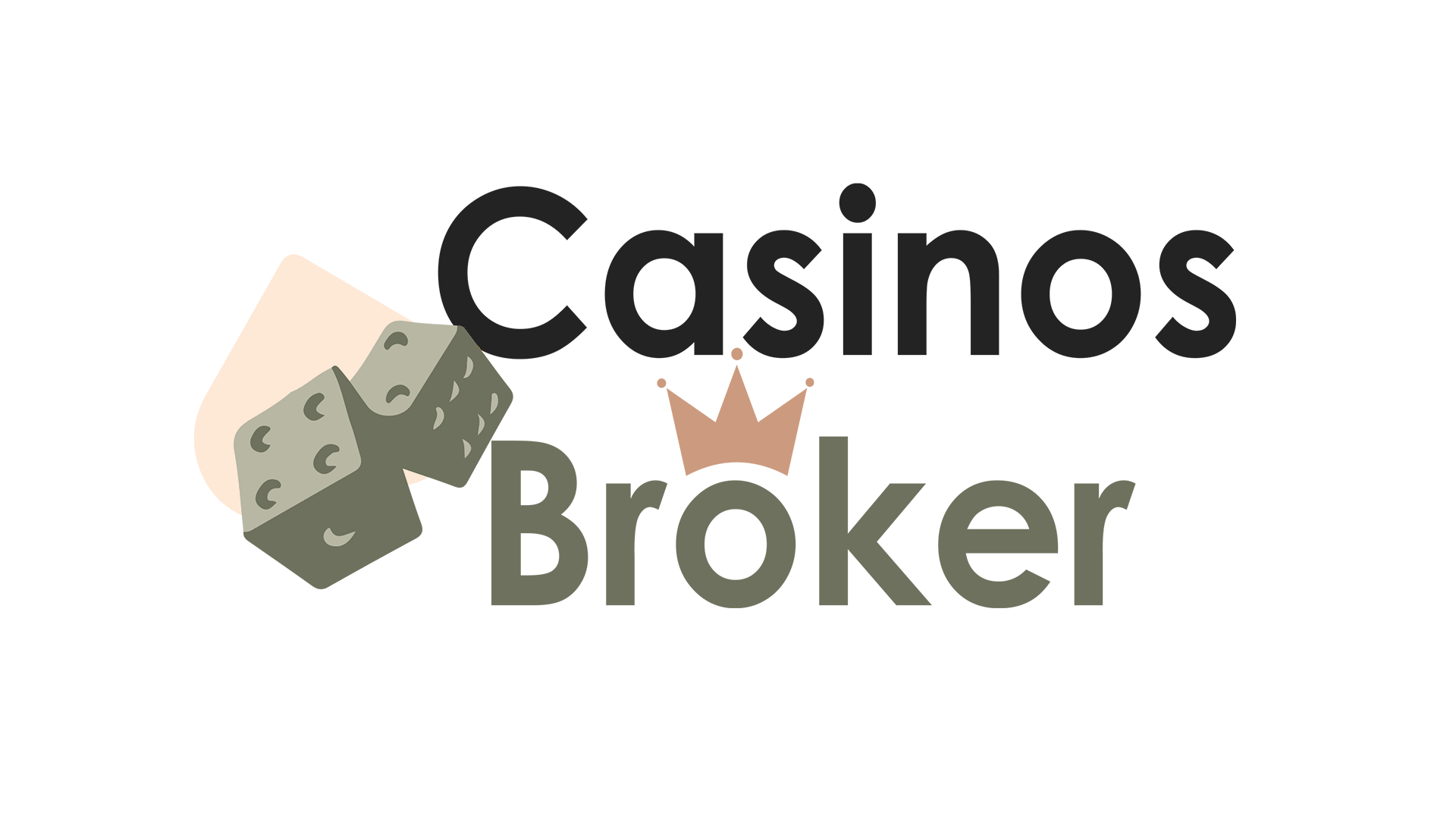SDE or EBITDA to Value a Business?
I am often asked whether Seller’s Discretionary Earnings (SDE) or EBITDA should be the primary yard-stick for pricing deals. The short answer is “it depends on size and ownership structure,” but the nuances matter—especially in an industry where multiples can swing from 6× to 18× in a single twelve-month window. Below is a detailed, research-backed guide you can share with boards and prospective buyers.
One‐Glance Comparison
| Adjustment / Feature | SDE | EBITDA | Adjusted EBITDA |
|---|---|---|---|
| Adds back interest | ✔ | ✔ | ✔ |
| Adds back income taxes | ✔ | ✔ | ✔ |
| Adds back depreciation & amortization | ✔ | ✔ | ✔ |
| Adds back full owner salary & perks | ✔ | ✖ | ✖ |
| Adds back non-recurring items | ✔ | ✖ | ✔ |
| Adds back non-operating items | ✔ | ✖ | ✔ |
| Typical multiple (iGaming)* | 2–3× | 8–15× | 9–16× |
*Small-business SDE multiples average 2.0–3.2× across sectors. Recent iGaming EBITDA deals ranged from 5.8× (Peermont) to 18.4× (Betnacional); the median cluster sits around 10–11x.
When SDE Is the Right Lens
For owner-operated portals, white-label sportsbooks, or affiliates producing under ~€1 million in annual earnings, cash flow and owner compensation are inseparable. SDE rolls salary, perks (car leases, “conference” travel to Malta, etc.) and dividends into one figure, allowing buyers to see the total cash they can either pocket or redeploy. Market data show acquirers of “main-street” digital assets rarely pay above 3× SDE, regardless of growth stories.
When EBITDA (or Adjusted EBITDA) Takes Over
Once a business can hire a €200 k general manager and still clear seven-figure profits, strategic and PE buyers shift to EBITDA. They assume a market-rate management cost, then compare the resulting run-rate to peers such as Kindred (10.9×), STS (13.2×) or EveryMatrix’s recent bolt-ons (7–9×). Because these companies are run for scale, multiples reward margin durability more than founder hustle.
Adjusted EBITDA is the workhorse metric in competitive auctions. It scrubs out one-off licence wins, sponsorship write-offs, or integration costs—crucial in iGaming, where regulation can force sudden jurisdictional exits.
Why Multiples Diverge but Values Converge
It is tempting to reach for whichever metric gives the higher headline number. Remember, investors look at enterprise value (EV), not the earnings line in isolation. An SDE deal excludes working capital; EBITDA-based offers usually include “normalised” net working capital.
Example from a €750 k EBITDA/€1.25 m SDE affiliate:
SDE route: 1.25 m × 3 = €3.75 m purchase price (no WC)
EBITDA route: 0.75 m × 4 = €3 m + €0.75 m WC = €3.75 m EV
Same cheque, different label.
Pros & Cons at a Glance
SDE
Pros: Captures total owner benefit; simple for sub-€1 m deals.
Cons: Harder to benchmark; perceived as “lifestyle” by PE funds.
EBITDA / Adjusted EBITDA
Pros: Aligns with institutional models; rewards scalability; easier to compare globally.
Cons: Can mask under-paid founders; requires normalising for volatile markets or start-up geos.
Frequently Asked Questions
1. Can I show both metrics in an information memorandum?
Yes, but lead with the metric most credible for your size. Disclose the reconciliation so buyers don’t have to do forensic work.
2. How do I treat crypto-denominated revenue?
Translate to fiat at transaction-date FX, then flag the policy in the data room; most buyers haircut volatile lines in adjusted EBITDA.
3. My €5 m-revenue studio is break-even; is EBITDA useless?
Not entirely. Buyers may value on revenue multiples or forward EBITDA after identified synergies—but you’ll need defensible forecasts.
4. Do regulatory fines get added back?
If truly non-recurring (e.g., a one-off historic AML breach) they go in adjusted EBITDA. Ongoing sleeve-cutting fines stay in the run-rate.
5. What multiple premium does strong compliance fetch?
Deals with demonstrably lower regulatory risk often price 0.5–1.0× EBITDA above peers, as shown by Flutter’s 9× purchase of Snai versus 5.8× for less-regulated land-based assets.
Closing Guidance
Sub-€1 m earnings, founder-run? Lead with SDE, emphasise owner replacement cost.
€1–10 m earnings with exec team? Market adjusted EBITDA, benchmark against current iGaming deal comps (median 10–11×).
Hybrid or high-growth? Show both, reconcile clearly, and let the buyer underwrite their own multiple.
Choosing the wrong yard-stick rarely kills a deal, but it can slow momentum and widen bid-ask spreads. Align the metric with buyer expectations early, and the negotiation shifts from “what is cash flow?” to “how much of it can we both bank?”


